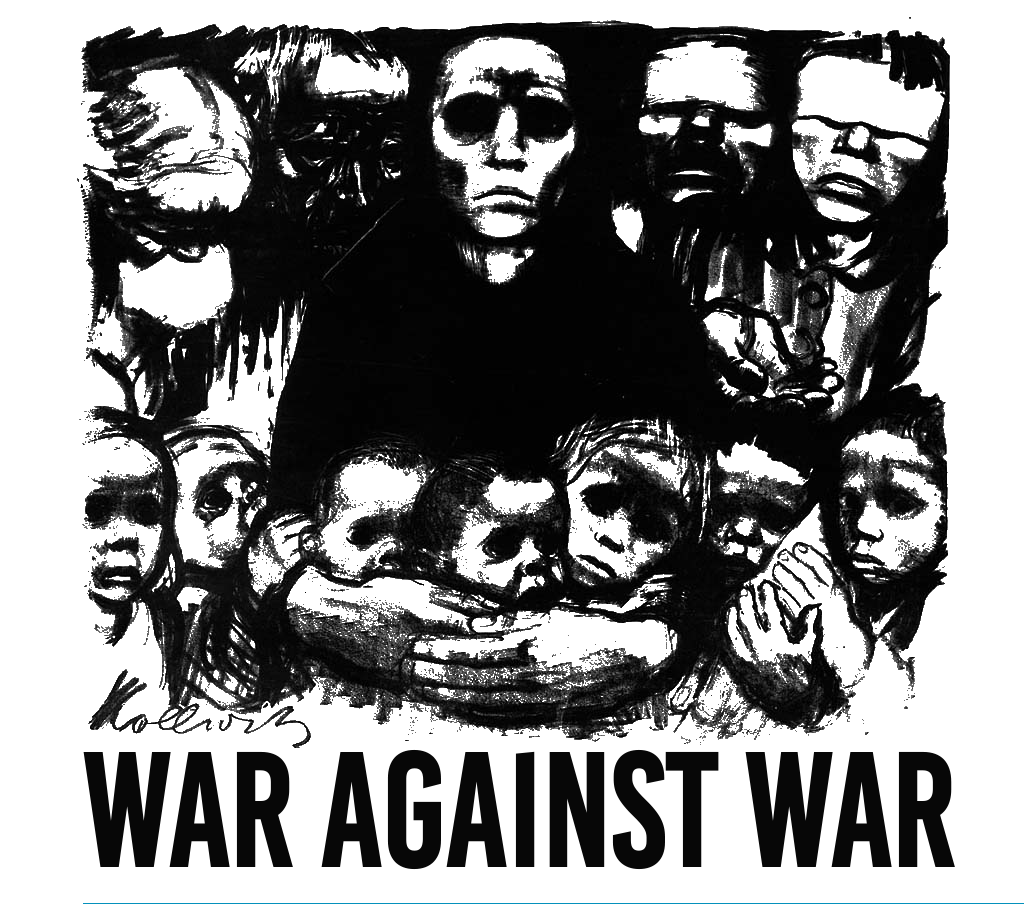The UN Security Council (UNSC) has transformed from a body almost exclusively focused on conflict to one that addresses a wide variety of issues. Despite a series of powerful works in recent years showing how international norms have developed over time, we still lack clear understanding of why and when international institutions change their missions. This article argues that while international politics is usually characterized by inertia, shocks to the system, or focal point events, can compel rational actors to adopt new logics of appropriateness. Since 1945, the end of the Cold War and the signing of the Helsinki Accords stand out as such events. Through latent Dirichlet allocation, a machine learning algorithm used to classify text, UNSC resolutions between 1946 and 2017 can be divided into the subjects of War, Punitive, and Humanitarian. The topic Humanitarian exploded in frequency after the Cold War, and more refined models show that words related to human rights and elections similarly increased after Helsinki. These changes are rapid and occur in almost the immediate aftermath of focal point events, showing their importance for norm diffusion. The analysis also reveals another shift towards humanitarian topics in the mid-2000s, demonstrating the ability of topic modeling to uncover changes that have been missed by earlier kinds of analysis.
This was originally published on SAGE Publications Ltd: Journal of Peace Research: Table of Contents.
